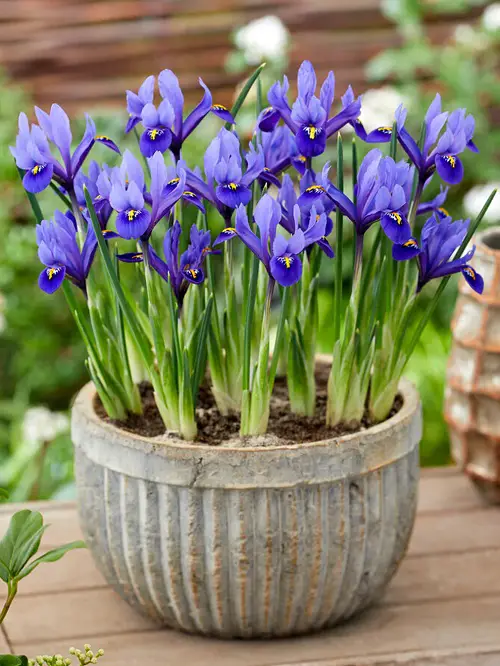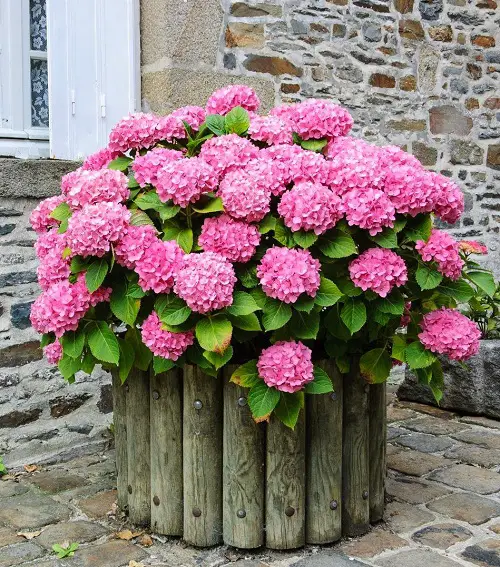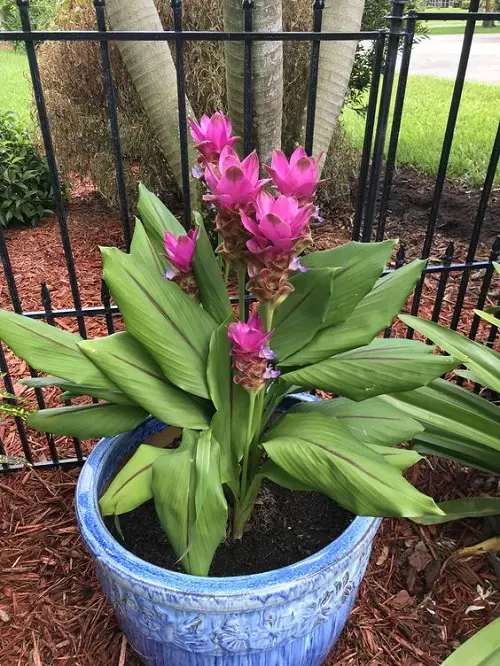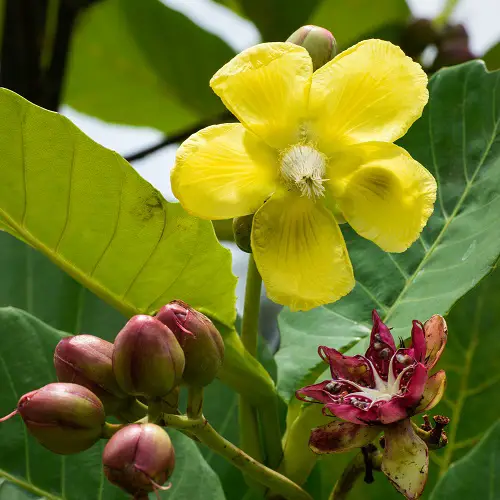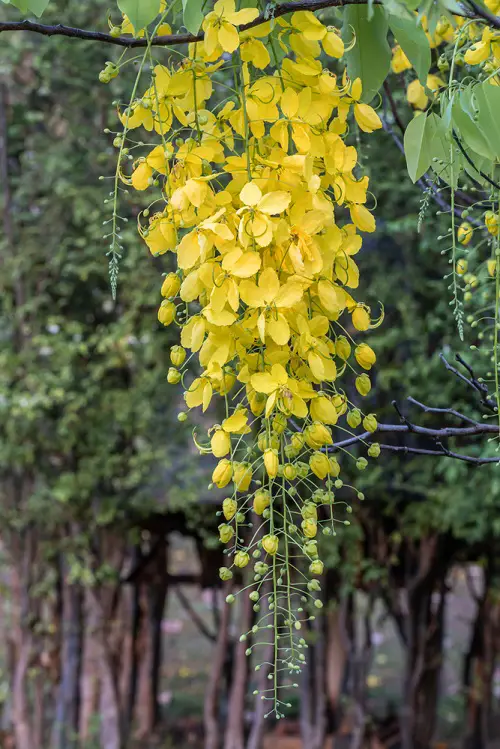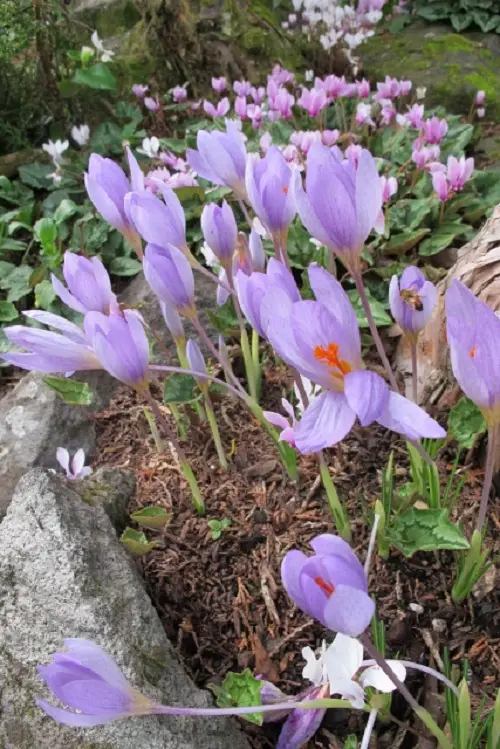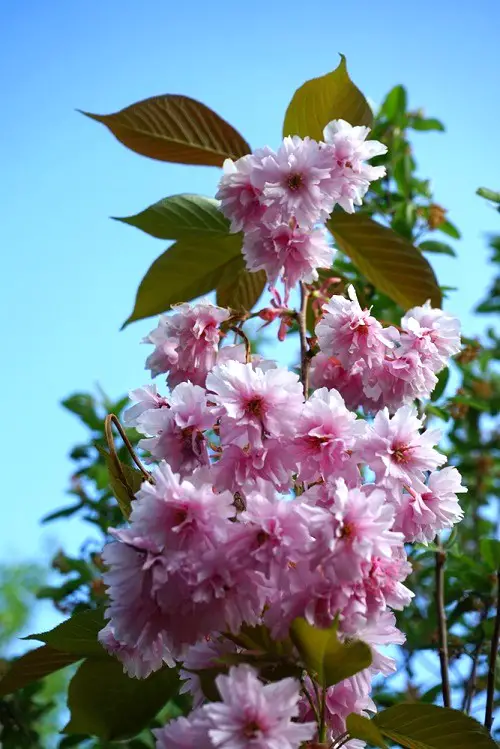Do you know about the best Asian Flowers you can grow easily in the garden? Check out our exclusive list of the most appealing ones!
Create a stunning garden filled with these exotic Asian Flowers. With their graceful petals, they will add a touch of elegance and vibrant colors to your outdoor space!
Best Asian Flowers
1. Azaleas
Botanical Name: Rhododendron
First on the list of Asian flowers, rhododendrons are found mostly in eastern Asia and in the Himalayas. These flowers, prized by Japanese gardeners, symbolize family, wealth, and beauty with their vibrant spring blooms in various colors.
2. Water Lily
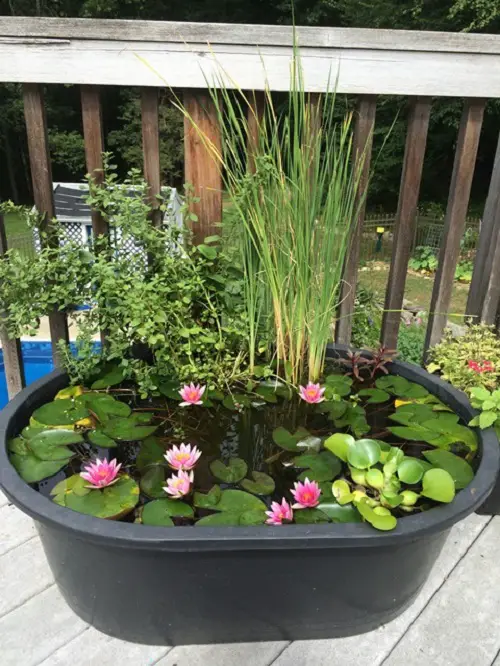
Botanical Name: Nymphaea nouchali
Popular as the Indian lotus or sacred lotus, it is a member of the Nymphaea genus. These Asian flowers are native to southern and eastern Asia, with both Sri Lanka and Bangladesh considering them as their national flower.
3. Lotus

Botanical Name: Nelumbo nucifera
The lotus flower holds deep symbolism and cultural significance in Asia, representing purity. It is revered as the national flower of Vietnam and India. As an aquatic plant, the lotus can be observed floating gracefully on the water’s surface.
Check out Super Tasty Asian Vegetables to Grow in the Garden here
4. Iris
Botanical Name: Iris
While some of the most captivating species of these Asian flowers originate from the Mediterranean and central Asia, the majority of the genus’s diversity is found in the north temperate zone. These flowers thrive in wet, full-sun areas with acidic soil.
5. Hydrangea
Botanical Name: Hydrangea
The Hydrangeas are native to Eastern Asia, especially China, Korea, and Japan. In Japan, hydrangeas are popular decorative plants, especially the Macrophylla varieties that exhibit color changes from pink to blue based on soil acidity.
Check out How to Grow Asian Pears here
6. Jasmine
Botanical Name: Jasminum
The genus Jasminum originated in the foothills of the Himalayas, spanning regions in India, Pakistan, and Afghanistan. These Asian flowers are popular for their delightful fragrance. The blossoms, usually white or yellow, sometimes display a subtle touch of crimson.
7. Hibiscus

Botanical Name: Hibiscus rosa-sinensis
Hibiscus species are native to Asia, particularly in areas of China and India. These flowers stand out by their shorter stature, flatter upper thorns with small tips. they come in a variety of colors and grow best in warm climates.
8. Peony
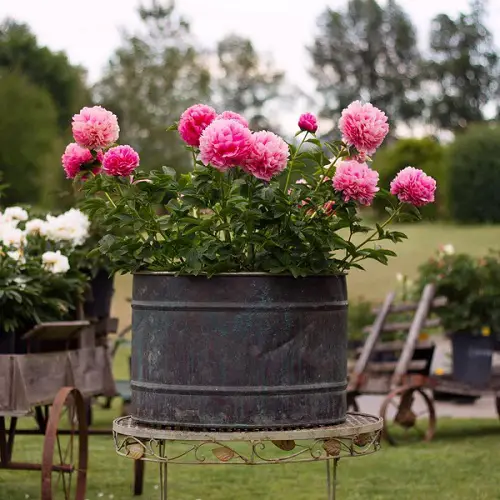
Botanical Name: Paeonia
The majority of peony species are native to Europe and Asia, with many cultivated as ornamental plants and for use in the floral industry. These Asian flowers exude an elegant yet lavish charm, representing a captivating blend of simplicity and opulence.
9. Chrysanthemum
Botanical Name: Chrysanthemum
Chrysanthemums, known as the imperial flower in Japan, hold symbolic significance representing royalty. Originating from China, as recognized by the National Chrysanthemum Society, these Asian flowers come in many shades.
10. Siamese Tulip
Botanical Name: Curcuma alismatifolia
The Siam Tulip, although not a true tulip, is a botanical relative of tropical plants like ginger and shell flowers. Native to Thailand, this captivating flower adds to the country’s natural diversity.
Check Florida Palm Trees Species here
11. Simpoh Air
Botanical Name: Dillenia
The primary center of diversity for Dillenia is Southeast Asia, particularly in countries such as Malaysia, Indonesia, Thailand, and the Philippines. The flowers of Dillenia plants are typically large and showy, with distinct petals and numerous stamens.
12. Devilwood
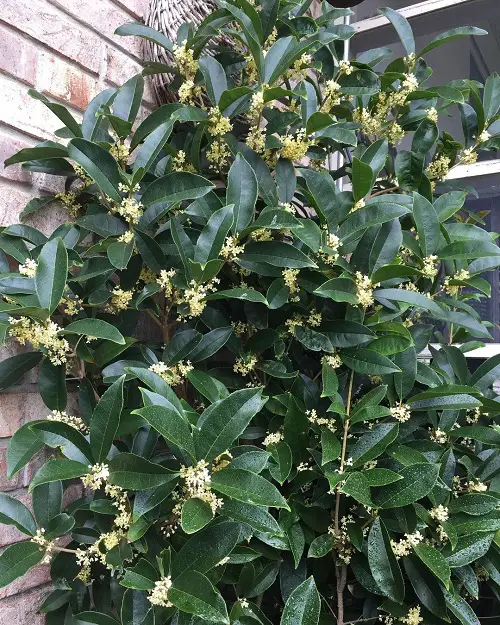
Botanical Name: Osmanthus fragrans
Native to Himalayas, China, and Japan, Osmanthus encompasses various varieties that can range from shrubs to trees in terms of growth habits. However, they all share a common feature—an abundance of fragrant sprays of small flowers!
13. Golden Shower Tree
Botanical Name: Cassia fistula
Alos popular as Indian laburnum, is a flowering plant that is native to the Indian subcontinent and regions of South Asia, including India, Sri Lanka, and Myanmar. It grows triking golden-yellow flowers that hang in pendulous clusters.
14. Kousa Dogwood
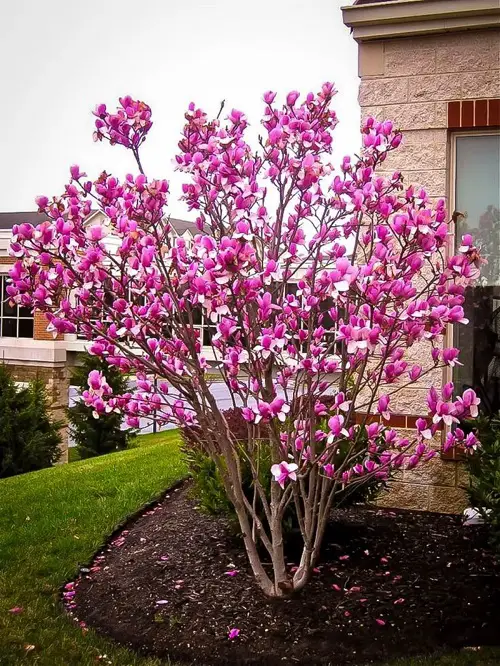
Botanical Name: Cornus kousa
These Asian flowers are native to East Asia. Their origin can be traced back to regions including China, Japan, Korea, and Taiwan. The plant blooms in late spring to early summer with flowers small flowers that appear in clusters.
Check Pink Flowering Trees in Florida here
15. Camellia
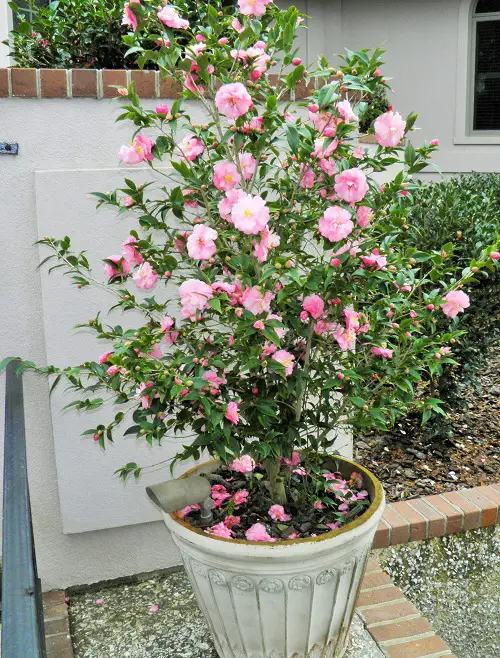
Botanical Name: Camellia japonica
This flower is originally from China, Korea, and some parts of Japan. The flowers can be white, pink, or red. Depending on the type, they may start blooming as early as October and continue until mid-March.
16. Autumn Crocus
Botanical Name: Crocus sativus
This plant is native to various regions, including parts of Western Asia. The flowers of Autumn Crocus are typically large and showy, ranging in color from pale lilac to deep purple.
17. Roses
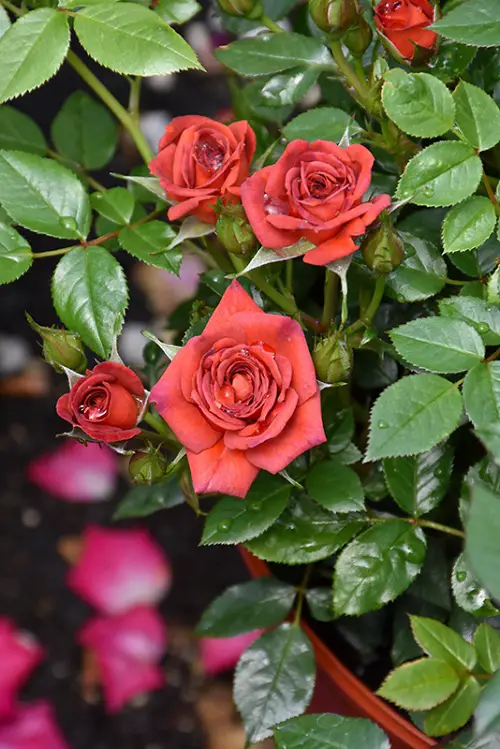
Botanical Name: Rosa
The wild ancestors of modern cultivated roses are believed to have originated in different parts of the Northern Hemisphere, including regions of Europe, Asia, and North America. These Asian flowers come in a vareity of colors and symbolize love, romance, and beauty.
18. Cherry Blossoms
Botanical Name: Prunus serrulata
Cherry blossoms, also known as sakura, have their origins in Asia, particularly in Japan, China, and Korea.These Asian flowers represent the transient nature of life and the beauty of nature’s fleeting moments in these countries.



